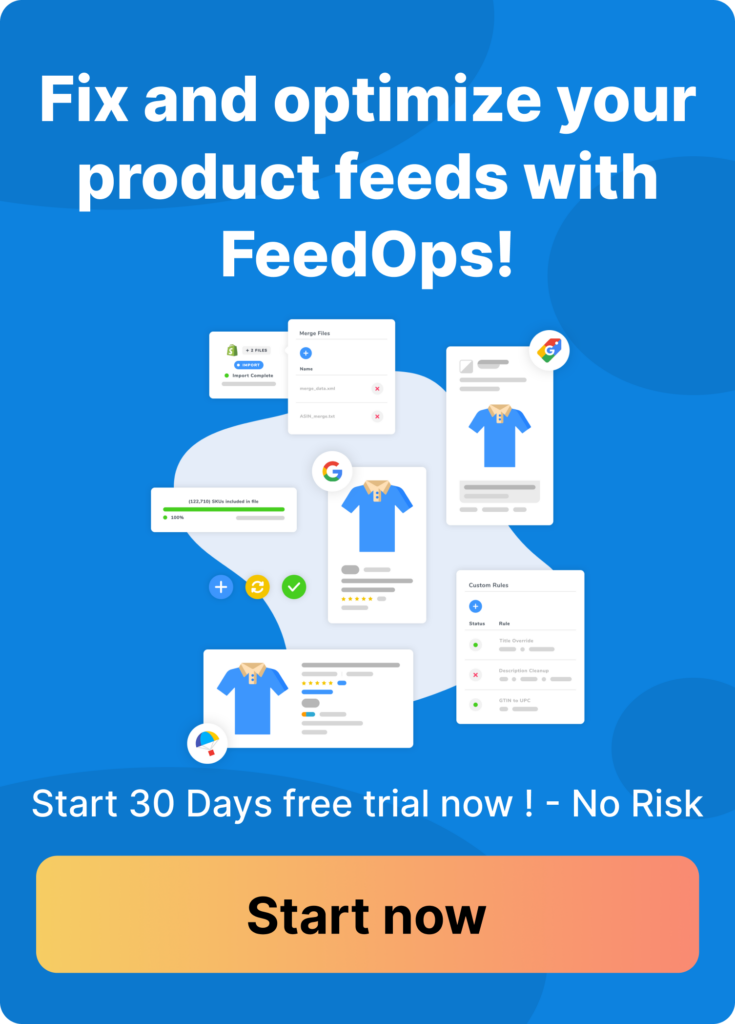Doing so has its benefits and its pitfalls. Google Smart Shopping takes advantage of Googleâs Machine Learning to help reach more shoppers looking to buy the products you sell. However, if youâre not correctly set up or optimized, you could be leaving money on the table.
Another thing to consider is whether youâve maxed out your Google Smart Shopping Campaign. If you canât spend more whilst achieving the returns you require, you may need to look at expanding your advertising formats.
Read on to see if you can improve your Google Smart Shopping campaign performance and what ad formats you should move to when youâve done all you can.
Google Smart Shopping Is Smarter With A Better Feed
Optimizing your Google Shopping feed is the most tangible action you can take to improve your visibility. The more relevant your feed is to searches, the more likely your ads are to appear. There are many steps you can take to optimize your Google Smart Shopping feed attributes but the best place to start is with your product titles.
What are product titles?
The title of your Ad can let consumers know about your productâs specifications i.e the brand, size and colour. Being as descriptive as possible allows you to appear for all relevant searches. Whether or not you show for a search will be down to whatâs included in your product title. For example, if there are two Shopping ads for the same dress, one has the title âOrange Pleated Maxi Dress Size 14â and another âSummer Dressâ, the more descriptive ad is more likely to match to a specific search term.

People searching for âDressesâ are generally less likely to be ready to purchase. Youâre more likely to make a sale on a more specific search, where someone might know what colour or style they want. So you need to make sure that the product titles in your feed are as relevant as possible and contain the words you want to match for.
Targets
The next question to ask yourself is, âWhat is my target? Am I targeting the maximum possible revenue I can achieve or do I need to ensure I hit a target return on ad spend (ROAS) to make advertising profitable?â
With Google Smart Shopping campaigns and digital advertising, the goal should always be to generate revenue and to maximise your conversion value.
For a better understanding of revenue goals and ROAS as a KPI read our blog on the goal of digital advertising.
Optimize Your Target
If you are achieving your ROAS target and would like to achieve a higher conversion value, consider increasing your budget. If your ROAS target isnât achievable or you cannot increase your budget, consider decreasing your target to achieve a greater conversion value.
Now might be the time to set a ROAS target if you didnât originally set one when creating your campaigns. Be aware that setting a goal above what you have achieved may limit your ads from being shown as often as they could. A recommended strategy is to look at the ROAS results and set a target within 10% of these results.
The key to successful optimization of these campaigns is incremental changes that give the algorithms the opportunity to learn and optimize after each change. Ideally, no more than 1 budget or goal change should be made every 14 days.
If you need help with your feed or ads we have Google Shopping Feed Management and Google Shopping Management Plans available.
Google Smart Shopping Is Better With Google Smart Search Ads
One of the biggest misconceptions in Search Engine Marketing is that Google Smart Shopping Campaigns are better than Search. This often means that advertisers are reluctant to move to Search Ads when theyâve maximised their returns from their Google Smart Shopping campaigns. But this is not always true.
Letâs consider what a Google Smart Shopping Ad is. The product ad element of your Shopping Ad is constructed from your websiteâs product data. It consists of your brand, a product title, product description, your productâs price and an image. Smart Shopping Campaigns then use Googleâs Machine Learning to show these product ads to shoppers likely to convert.
Aside from your productâs image, the other attributes can be included in your Google Search Ads. You can also use Googleâs Machine Learning to target an audience more likely to convert. With your brand narrative, product title, price and other attributes in your ad, targeting conversions or a certain return, you stand every chance of matching or even exceeding your Shopping Ad returns. The reason Search can seem less profitable is that the comparison is not equal.
Comparing Search Ads with Google Smart Shopping Ads
Smart Shopping campaigns are not just the product ads that appear at the top of Google Search results. Smart Shopping campaigns use dynamic remarketing display ads and dynamic prospecting display ads to encourage conversions. They also show product ads for branded search terms.

Anyone running a brand or website name search campaign will know the kind of returns these campaigns can achieve. Conversions for these branded terms are included in your Smart Shopping reporting data.
You canât compare apples with strudels. Non-brand search ads, if set up correctly, can have the same effect as Smart Shopping ads without the sugar and pastry of dynamic remarketing and branded search terms. For a fair comparison of the effectiveness of Smart Shopping v Search youâd need to look at the total return on any search remarketing and brand search campaigns alongside your non-brand search ads.
Setting Up Search Ads
Search can absolutely match or improve the returns you are achieving in your Smart Shopping Campaigns but as mentioned, they must be set up correctly. Smart Shopping ads are set up to take advantage of Googleâs Machine Learning and so Search Ads should be the same.
Make sure your Search Ads adhere to best practices and are effectively optimized. Some key areas to look at are to include specific attributes in your product titles, create long tail search ads, create single keywords ad groups and more. You can find more information about how to set up your Google Search campaigns for success.
Taking the next step into Google Search can be a scary one, but if done correctly, you can still grow and scale your sales and revenue when youâve done all you can in Google Smart Shopping. If you need help taking that step, we can assist with our Google Search Ads Management.
â
â



